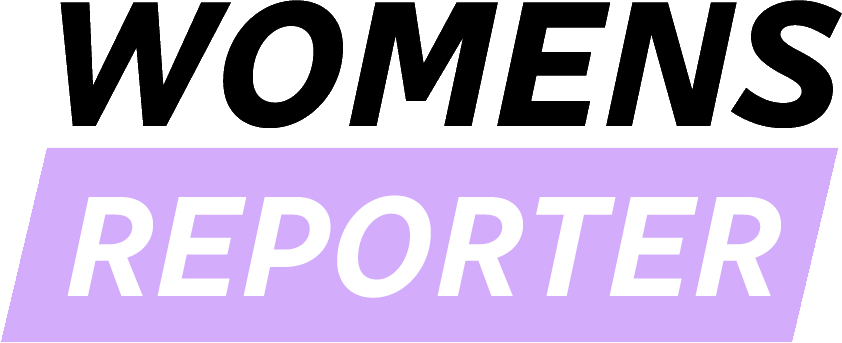By Dana Solomon, Senior Correspondent
Procter & Gamble (P&G), the multinational consumer goods giant behind household staples such as Tide, Pampers, and Gillette, announced plans on June 5, 2025, to lay off approximately 7,000 non-manufacturing employees over the next two years. This move, which affects about 15% of its non-manufacturing workforce, is part of a sweeping restructuring initiative designed to streamline operations and improve organizational efficiency.
Strategic Overhaul Aims to Reinvigorate Growth
The layoffs are a key component of P&G’s broader transformation strategy in response to slowing revenue growth and a challenging global economic environment. The company is facing rising operational costs, shifting consumer preferences, and increasing competition in core product categories. Executives have stated that these changes are necessary to ensure P&G remains agile and competitive in the long term.
The restructuring effort is projected to cost between $1 billion and $1.6 billion before taxes over the two-year period. This budget will cover severance packages, realignment of internal operations, and investment in new technological systems intended to modernize business functions. While painful, company leaders assert the move is aimed at creating a leaner, more responsive organization.
Embracing Technology and Efficiency
A significant aspect of P&G’s strategy involves leveraging digital tools and automation to reduce redundant roles and accelerate decision-making processes. By digitizing workflows and integrating advanced data analytics, P&G hopes to make work not only faster and more efficient, but also more meaningful for employees who remain.
Automation and artificial intelligence will be applied to areas such as supply chain logistics, marketing analytics, and finance, allowing the company to redeploy resources to higher-value functions. According to internal projections, these shifts are expected to drive long-term cost savings and improve product delivery across markets.
Reducing Portfolio Complexity
In tandem with job reductions, P&G is also reassessing its global brand portfolio. Executives have signaled intentions to exit certain low-growth categories and markets where the company sees limited potential for future expansion. This could involve the divestiture of underperforming brands and streamlining product lines to focus on best-performing assets.
Although specific details have yet to be announced, this rationalization of the portfolio is intended to free up capital and managerial attention for the company’s highest-potential segments. Analysts anticipate further updates on brand strategy during P&G’s next quarterly earnings report.
Addressing Macroeconomic Pressures
P&G’s decision comes amid broader economic headwinds, including supply chain disruptions, inflationary pressures, and ongoing tariff implications. The company has projected a substantial impact on earnings from import tariffs on raw materials, particularly those sourced from Asia.
These macroeconomic challenges have forced many large consumer goods companies to reevaluate their cost structures and operational footprints. P&G is not alone in this regard, with several peers across the industry also announcing layoffs and restructuring plans in recent months.
Impact on Employees and Transition Support
While the cuts will focus exclusively on non-manufacturing roles, including functions such as human resources, finance, and marketing, the human impact of such a significant workforce reduction cannot be understated. P&G has pledged to offer comprehensive severance packages and transition assistance, including outplacement services and career counseling for affected workers.
Company leaders have emphasized their commitment to supporting impacted employees throughout the transition process and maintaining transparency during the implementation phase. The restructuring will be rolled out in phases, with affected teams notified in advance and offered personalized support.
Investor and Market Response
Despite the magnitude of the announcement, the market reaction has been cautiously optimistic. Investors appear to be viewing the restructuring as a necessary step toward long-term efficiency and profitability. Following the announcement, P&G shares showed modest gains, reflecting market confidence in the company’s strategic pivot.
Industry analysts have noted that while the upfront costs are considerable, the long-term benefits of a more focused and technologically integrated organization could outweigh the initial disruptions. Moreover, aligning with digital trends positions P&G for sustained relevance in an increasingly tech-driven retail environment.
Looking Ahead
As P&G embarks on this transformative journey, it faces the challenge of executing complex changes without disrupting core business operations. Success will depend on effective communication, internal alignment, and the ability to maintain product quality and customer satisfaction throughout the transition.
The coming months will be critical as P&G begins implementing its restructuring plan and preparing for further announcements regarding its streamlined brand portfolio. The company’s ability to deliver on its promises while minimizing disruption will shape its reputation and financial health for years to come.
Procter & Gamble’s decision to reduce its workforce is a significant step in its effort to modernize, digitize, and prepare for a rapidly changing market landscape. While difficult, the move underscores the company’s commitment to long-term resilience and shareholder value.
